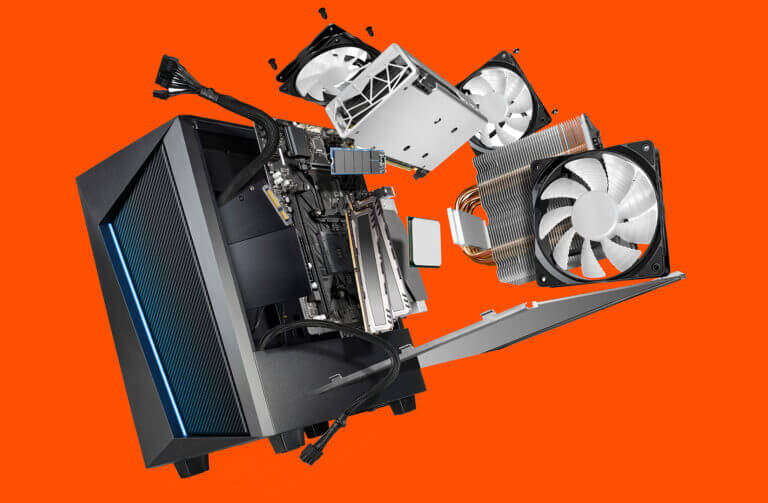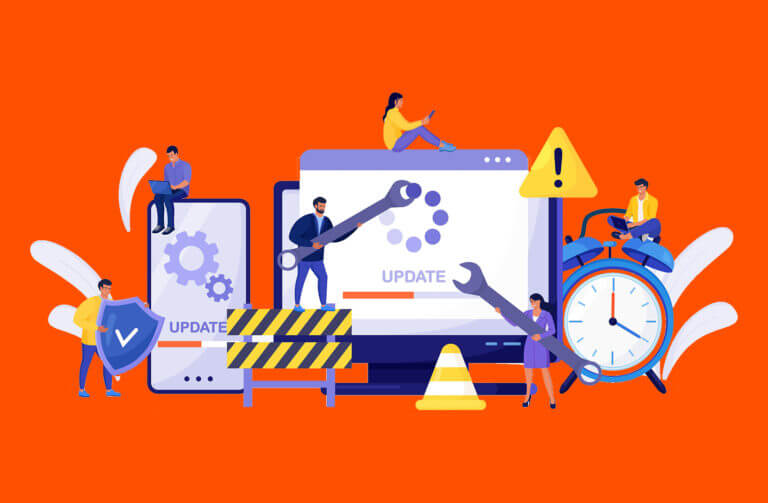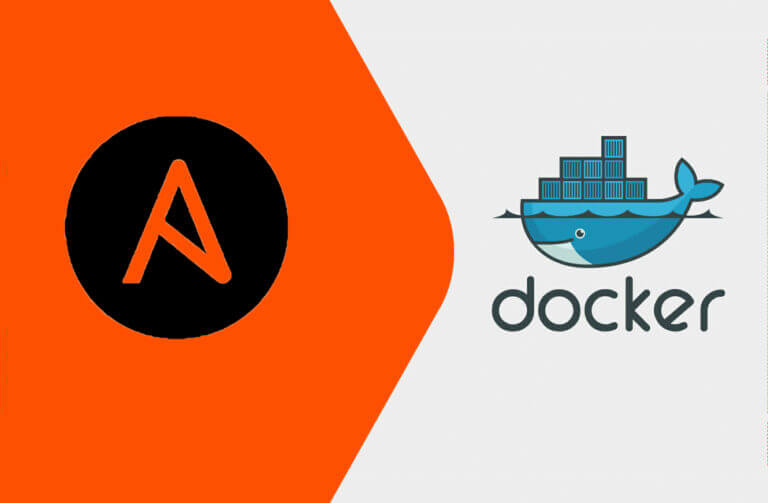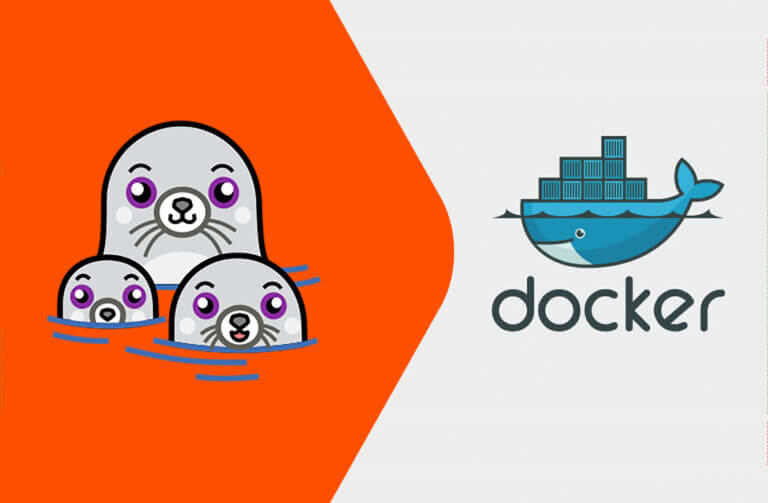Summary
When disaster strikes, whether it’s natural or human-made, businesses need to be prepared. Business continuity planning helps organizations continue operating during or after an event, while disaster recovery planning helps them restore IT infrastructure and data after a disruption.
When the unexpected happens, poorly prepared businesses run the risk that everything could come to a screeching halt. Customers could stop placing orders, outgoing shipments could cease, and productivity can grind to a standstill. All of that leads to lost revenue, unhappy customers, and bad publicity. In some cases, it can even result in compliance failures and financial penalties.
It’s important to understand the distinctions between business continuity planning (BCP) and disaster recovery planning (DRP) because they each entail a different set of problems, priorities, and solutions.
Historically, business continuity and disaster recovery have called for complex and expensive solutions with multiple potential points of failure. Recent innovations, including Pure Storage® ActiveCluster™, combine simplicity and ease of use with robustness and dependability. Before we delve further into solutions, though, let’s talk about the main differences between BCP and DRP.
What Is Disaster Recovery Planning?
Disaster recovery, often referred to simply as “DR,” ensures that organizations can rebound quickly in the face of major adverse events. When a hurricane leads to widespread power outages, flooding, and workforce disruption, for example, an effective disaster recovery plan ensures that IT systems remain up and running and that operations can come back online as soon as possible.
The primary focus of DR is to restore IT infrastructure and data after a significantly disruptive event. This includes minimizing downtime, minimizing data loss, and ensuring business continuity. Readiness starts with an effective disaster recovery plan that incorporates backup systems, data replication, and testing procedures to ensure that the plan will work in practice.
What Is Business Continuity Planning?
Business continuity is somewhat broader in its scope, encompassing an entire organization’s ability to continue operations during and after a crisis. Not only does it address a wider range of functions, but it also encompasses a larger array of potential disruptions, including localized events that might simply halt operations for a brief period of time.
Business continuity plans address the need to maintain essential operational functions, manage risks proactively, and adapt to changing circumstances. When a regional storm makes travel difficult and causes short-term power outages, for example, an effective business continuity plan will have already laid out the potential impact, measures to mitigate associated problems, and a strategy for communicating with employees, vendors, customers, and other stakeholders.
Disaster Recovery vs. Business Continuity: Key Differences
So, what is the difference between BCP and DR?
Business continuity planning addresses the big picture, including a broad range of operational functions, whereas disaster recovery planning deals primarily with IT infrastructure and data recovery.
BCP extends beyond the IT department into key business processes such as supply chain management, customer service, and human resources. DR is a vital subset of business continuity because it attends to the recovery and continued operation of the company’s IT backbone.
BCP and DR have slightly different objectives as well. The former prioritizes keeping things going, even if it’s not “business as usual.” The latter seeks to restore normalcy as quickly as possible.
Business continuity planning often entails temporary measures or workarounds that are not part of the company’s normal routines. In the face of regional disruptions, for example, a company might reallocate workloads to a secondary location or contract with an outside organization to fill a gap temporarily.
In this respect, business continuity often includes plans that enable the organization to continue operations under adverse conditions. This requires planners to identify essential business functions, create manual workarounds for automated processes, and ensure that sufficient resources will be available to continue operations. In BCP, the goal is to keep things going, even if extraordinary measures are required to do so.
The objective of DR, in contrast, is to minimize downtime, restore data to the greatest extent possible, and return critical IT systems to their normal state as rapidly as possible. This typically involves detailed technical strategies for system failover, data recovery, and backups. The primary objective is a rapid return to normalcy while minimizing losses.
Because BCP encompasses a broader range of functions, it also requires a more detailed approach to scenario planning, risk assessment, and contingency measures. Testing business continuity requires that organizations simulate various scenarios to ensure that all aspects of the plan function correctly and that personnel are able to perform their roles adequately.
DRP also calls for routine testing, but such tests tend to be more focused in their scope, zeroing in on the immediate aftermath of a disaster and aiming to get systems back online within a specified target time frame.
Importance for Organizations
To ensure their resilience in the face of adverse events, organizations should have both a disaster recovery plan and a business continuity plan in place. The unexpected can happen when you least expect it, and things can change quickly.
When a cargo ship destroyed the Francis Scott Key Bridge in Baltimore earlier this year, it severed access to the port, halting operations for the businesses that operated there and disrupting supply chains for countless companies.
When Colonial Pipeline suffered a ransomware attack in 2021, there were fuel shortages in 17 states. Numerous airlines were compelled to alter their flight schedules, and drivers were faced with long lines at the gas station.
These events illustrate why it’s so important to have both a business continuity plan and a disaster recovery plan in place and to test them routinely. Even for companies with very little exposure to weather disasters or supply chain disruptions, it’s important to plan ahead. Ransomware, for example, is a growing problem for businesses of all sizes. According to SANS Institute, the number of ransomware cases increased by nearly 73% in 2023.
To protect yourself, engage stakeholders in your organization to develop comprehensive plans for both business continuity and disaster recovery. Consider investing in technology solutions that are designed with resiliency in mind.
At Pure Storage, for example, we’ve designed our products around what we call a cyber-resiliency architecture. Pure Protect™ //DRaaS, for example, is an on-demand disaster-recovery-as-a-service solution that simplifies DR by enabling you to recover critical systems to the AWS Cloud in just minutes while maintaining full custody of your own data at all times. Purity//FA, the software heart of our FlashArray™ solution, offers always-on data protection and lightning-fast replication. Our Evergreen//One™ storage-as-a-service offering comes with a first-of-its-kind ransomware recovery SLA.
Pure Storage can help you fast-track your BCP and DRP readiness with solutions designed with native cyber-resiliency capabilities. Learn more about our data protection, ransomware, and business continuity and disaster recovery solutions today, or contact us to discuss your unique requirements.







